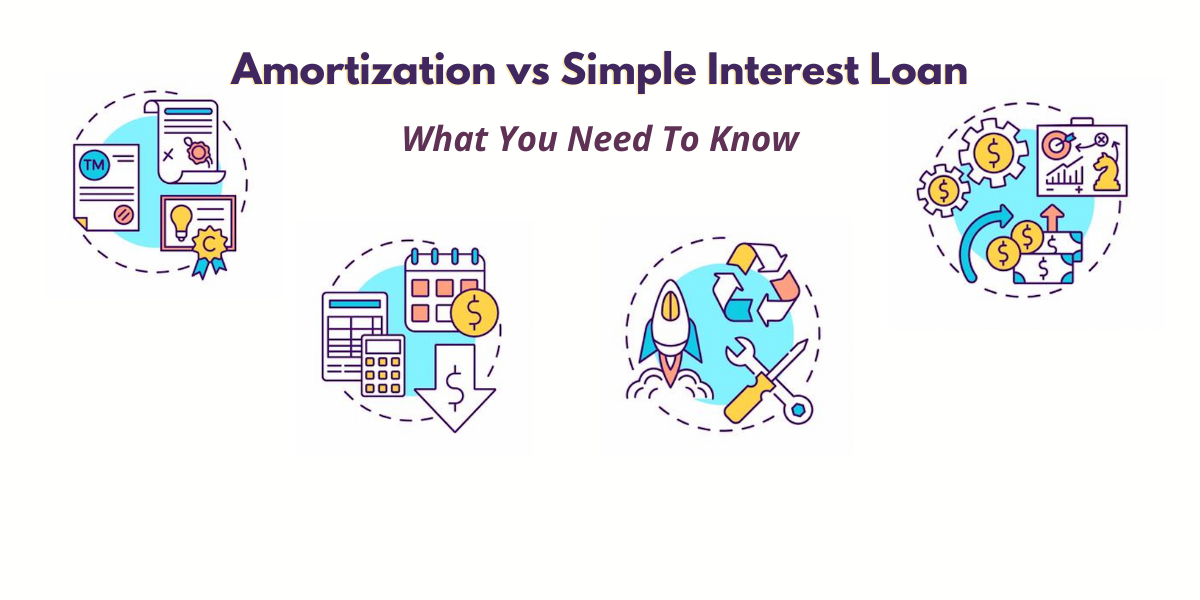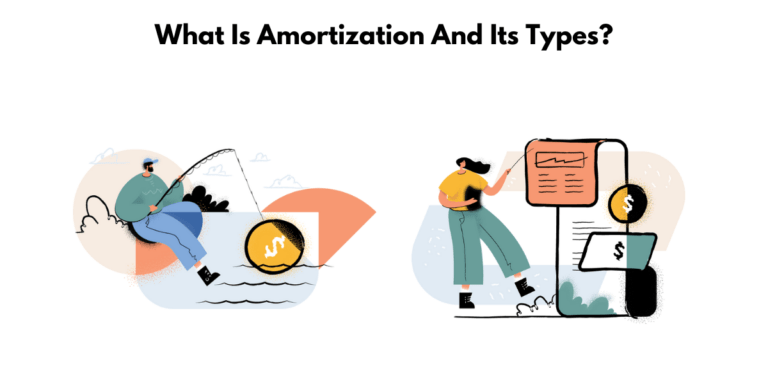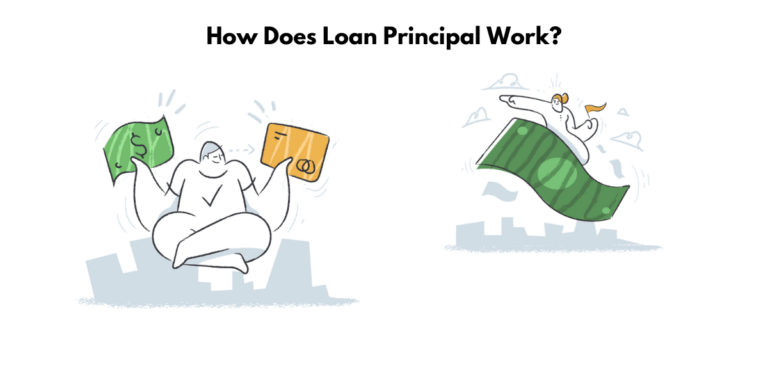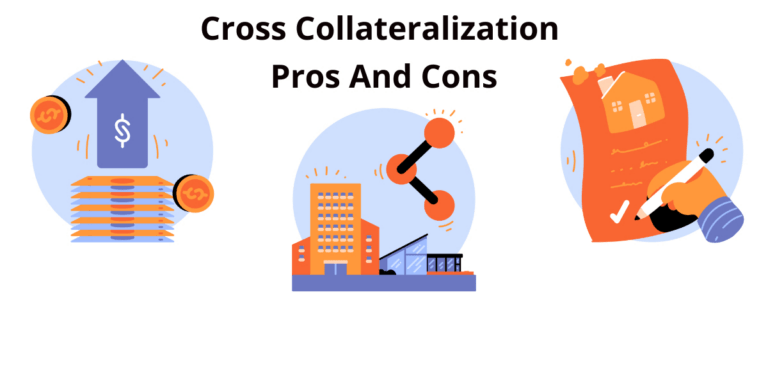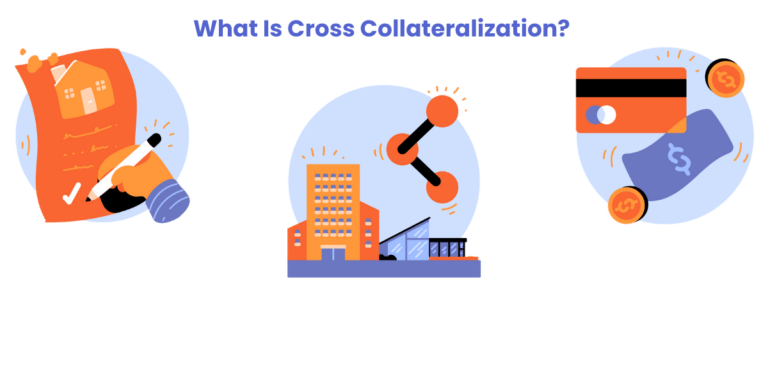A Helpful Guide: Amortization vs Simple Interest Loan
Amortization vs. Simple Interest Loan
The choice of amortization vs simple interest loan might not be the most exciting thing you think about when paying for a car, but it is important. Your loan type will affect your monthly payment, how much interest you pay over the life of the loan, and even the total cost of your vehicle. So which should you choose?
Here’s a helpful guide to understanding amortization vs. simple interest loans to make the best decision.

What is an amortization loan?
An amortization loan is a type of loan where the borrower repays the loan in equal installments over the life of the loan. The payments are typically made every month, and they include both principal and interest. With this type of loan, the borrower pays off the loan in full by the end of the term.
What are the pros and cons of amortization loans?
Amortization loans have pros and cons that should be considered before making a decision.
The main advantage of an amortized loan is the predictability of the monthly payments. The portion of the amount that goes toward the principal and interest changes over time, allowing for a more predictable budget.
These loans typically offer lower interest rates, and the repayment period can be extended, giving more time to repay the debt.
The downside of amortizing loans is that they require a large portion of the interest to be paid upfront, particularly in the first five years. If you sell your home within a few years, you won’t have much to show in equity. In addition, these loans are not ideal for short-term financing as they have the same risks and similar terms as a simple interest loan.
Ultimately, deciding between an amortized loan and a simple interest loan depends on your situation. An amortized loan may be the better option if you have a steady, predictable income due to the lower interest rates and longer repayment terms. However, a simple interest loan may be the better choice if you have a fluctuating income, as it can provide a quick capital injection with a smaller initial payment.

What is a simple interest loan?
The borrower only pays interest on the outstanding principal balance with a simple interest loan. This loan is typically used for short-term financings, such as a car or boat loan. The interest rate on a simple interest loan is higher than a partially amortized loan, but the payments are lower.
What are the pros and cons of simple interest loans?
Simple interest loans have advantages and disadvantages that must be carefully considered when making a decision. On the plus side, simple interest loans typically have a lower annual percentage rate (APR) than other loans, such as credit cards and mortgages.
Additionally, the interest is based only on the original amount borrowed, so you don’t end up paying interest on interest as you would with a compound-interest loan. However, simple interest loans tend to have shorter terms and higher APR payments. Furthermore, if you pay off the loan early, you may be penalized for doing so.
Ultimately, weighing the pros and cons of a simple interest loan is important to determine if it is the right choice for you. If you’re taking out a loan, simple interest may be more cost-effective in the long run. However, if you’re investing, compound interest may be more beneficial. REIL Capital can help you find the best financing options for your business so that you can make the most informed decision.
How does amortization vs. simple interest loans work?
When you take out a loan, there are two ways the lender can calculate your interest payments. The first is called “amortization,” and the second is called “simple interest.”
Amortization loans are more common for mortgages and auto loans, while simple interest loans are more common for business loans and credit cards. Here’s how they work:
With an amortization loan, your monthly payment will stay the same throughout the life of the loan. That’s because each charge is applied first to the interest and then to the principal (the amount you borrowed).
With a simple interest loan, your monthly payments will vary because they only apply to the principal. That means if you have a $1,000 balance and an 18% annual interest rate, your monthly payment would be just $18.
Of course, there are pros and cons to both types of loans. Amortization loans tend to have lower interest rates, but simple interest loans may offer more flexibility in how and when you make your payments.
So which type of loan is right for you? It depends on your circumstances. An amortization loan may be a good option if you’re looking for a low-interest loan with fixed monthly payments. If you need more flexibility in your payments or are trying to pay off your loan as quickly as possible, a simple interest loan may be a better choice.
What are the critical differences between simple interest and amortization?
When taking out a loan, there are two main types to choose from simple interest and amortized interest—the key difference lies in how the interest is calculated and paid. With simple interest loans, the claim is only applied to the principal, while with amortized interest, the interest is applied to both the principal and the accrued interest. This can result in a lower APR for simple interest loans, but the payments for amortizing loans will be lower in the long run. Additionally, simple interest loans are typically used for short-term solutions, while amortizing loans are better for long-term loans. Finally, amortizing loans may compound interest, while simple interest loans keep to simple interest. When deciding which type of loan to use, consider the length of the loan term, the interest rate, and your ability to make extra payments.

The benefits
When it comes to taking out loans, there are two main ways lenders will calculate how much you owe them each month: amortization and simple interest. Amortization is spreading out a loan into equal payments over its life span. On the other hand, simple interest is calculated based on the principal amount of the loan and the length of time you borrow for.
Both methods have their advantages and disadvantages; read below to learn more:
Amortizing loans are more affordable than interest-only loans
Amortizing and interest-only loans are two distinct financing methods used to borrow money. With amortizing loans, the borrower pays off bOOnincipal with each simple interest payment, leading to a lower interest rate over the life of the loan. In contrast, an interest-only loan only requires the borrower to pay interest, leading to a lower monthly payment but higher interest payments over the loan’s lifetime. Additionally, interest-only loans are often shorter-term financing, while amortizing loans tend to have longer repayment periods. Ultimately, the right type of loan depends on the borrower’s income and financial needs, with amortizing loans better suited for those with a steady income and interest-only loans better suited for those with fluctuating incomes.
Loans can be repaid faster with amortizing loans
Amortizing loans can help loan repayment by allowing borrowers to make extra payments without penalty, potentially saving them on interest. Additionally, amortizing loans typically come with lower interest rates and longer repayment periods than simple interest loans, giving borrowers more time and flexibility to pay off their debts. Finally, borrowers may be able to make preps of the principal on amortizing loans without penalties, helping them off the loan sooner and minimizing their overall interest costs.
Loans with amortization are more predictable
Loans with amortization help to provide predictability because they allow for consistent payments over a predetermined period. This will enable you to budget more easily since you know your monthly loan payment, regardless of whether you choose a fixed-rate mortgage or a simple-interest loan. Amortization also helps to reduce the risk for the lender since it is usually backed by collateral such as vehicles or equipment. Additionally, the quick capital injection of the amortized loan results in more profit for the borrower, as the interest rate is lower and the repayment period can be extended. As a result, amortized loans are a great tool to use when you need to borrow money and want to be sure that you will have the capacity to make regular payments.
Amortizing loans can save money on interest payments
Amortizing loans can save money on interest payments by allowing the borrower to make extra payments without penalty. This gives the borrower the option to pay off the loan early and save on interest, as the amount of money going towards interest decreases while the amount of money going towards the principal payback increases. Additionally, amortizing loans are often backed with some collateral, which makes them less risky for lenders than simple interest loans.
Amortizing loans are easier to understand
Amortization helps to understand a loan by breaking it down into fixed monthly payments that include both interest and principal. This allows borrowers to budget more easily, as they will always know how much their loan payment will be over the life of the loan. Additionally, the portion of each payment that goes to interest and principal changes each month, meaning that interest is paid first, with the remaining balance applied to the principal. This is beneficial for borrowers as the principal is reduced, resulting in lower interest costs and more of the payment going toward the principal. Furthermore, the last loan payment will pay off the final amount remaining on the debt, allowing for long-term planning when taking out a loan.
Amortizing loans can help build equity faster
Amortizing loans can help build equity faster by allowing borrowers to pay extra toward their principal balance. This reduces their interest, and the loan is paid off sooner. An amortization table can help borrowers understand how their payments are applied, with some going toward interest costs and some going toward their loan balance. Over time, the borrower pays less in interest and more toward their balance, which helps build equity faster. Additionally, some lenders may offer the option to make extra payments without penalty, allowing borrowers to pay off their loans early and save on interest.
Amortizing loans can reduce stress on the payment schedule
Amortizing loans can reduce stress on the payment schedule by allowing borrowers to make fixed payments over some time. This helps borrowers budget more easily since they know exactly how much they will pay each month. Additionally, amortizing loans allows borrowers to make extra payments without penalty, which can help them pay off the loan earlier and reduce the amount of interest they pay. Making extra payments towards the principal can also help borrowers reduce the time it takes to repay their loan and the amount of interest they pay.
Amortizing loans can help borrowers avoid prepayment penalties
Amortizing loans can help borrowers avoid prepayment penalties by allowing them to make extra payments toward their loans without penalty. Borrowers can pay off the loan early and save on interest without incurring additional fees. Additionally, borrowers can make small additional payments to the principal with each regular payment to pay off the loan sooner and reduce their overall interest cost.

FAQs
Here are some of the most frequently asked questions about amortization vs. simple interest loans:
What is the difference between the monthly payments for an amortization loan vs. a simple interest loan?
The main difference between amortization and simple interest loans is how monthly payments are calculated. An amortized loan has a fixed payment amount that includes both principal and interest payments and is the same every month. On the other hand, a simple interest loan has a fixed interest rate, so that the monthly payment amount will vary depending on the remaining principal balance.
In terms of interest rate, amortization loans typically have a higher interest rate than simple interest loans, which can result in more money paid in interest over the life of the loan. With a loan amortizes, you can make extra payments or pay off the loan early without penalty, whereas a simple interest loan does not allow any extra payments or early payoff.
When choosing between a simple interest loan and an amortized loan, it’s important to consider the length of the loan term, the interest rate, and your ability to make extra payments. Understanding the differences can help you make the best decision for your unique situation.
What is the purpose of an amortization schedule?
The purpose of an amortization schedule is to show how the borrower’s payments are broken down over the life of the loan. An amortization table is a schedule that lists each monthly loan payment, how much of each payment goes to interest, and how much to the principal. Payments are usually equal throughout the loan’s lifetime, and the amortization schedule determines when the loan will be completely paid off. There are two types of amortization: full amortization with a fixed rate, where payments are equal throughout the loan’s lifetime and the loan will be fully paid off at the end, and full amortization with a variable rate, where payments remain the same but the interest rate fluctuates.
How does compound interest work in a loan?
Compound interest works by charging interest on the principal of a loan plus any accrued interest from prev periods. This unpaid interest is then capped and italicized into the balance, resulting in the borrower paying a larger sum by the end of the loan period.
To calculate compound interest, you need to know the principal amount, the annual interest rate, and the compounding frequency. To start, you will need to multiply the principal amount by one plus the annual interest rate raised to the power of the number of compounding periods per year.
For example, if you take out a loan for $10,000 with an annual interest rate of 5% compounded monthly, your calculation would be (10,000 x 1.05^12). This calculation results in an interest cost of $1,276.
To get the total amount you will need to pay back, you need to add the interest amortized cost to the original loan amount, so in this example, you will need to pay back $11,276.
You can also use a compound interest calculator to make the calculation easier. These calculators allow you to input the principal loan amount, the annual interest rate, and the compounding frequency and will then calculate the total amount you will need to pay back.
Is amortization an asset or expense?
Amortization is a way of spreading business costs in accounting through the depreciation of physical assets and the amortization of intangible assets such as patents, copyrights, goodwill, or customer-based intangibles. What is amortization expense? Amortization is generally considered an expense, as it is used to spread the costs of large purchases and investments over time. However, the amortization can also be an asset, as the amortization of startup costs can be taken as a deduction when filing taxes. This is because amortization can spread the costs of creating an active business over a period before the business begins, therefore allowing the business to deduct the cost as an expense.

